Spanish & Italian influences - Colonial & Baroque
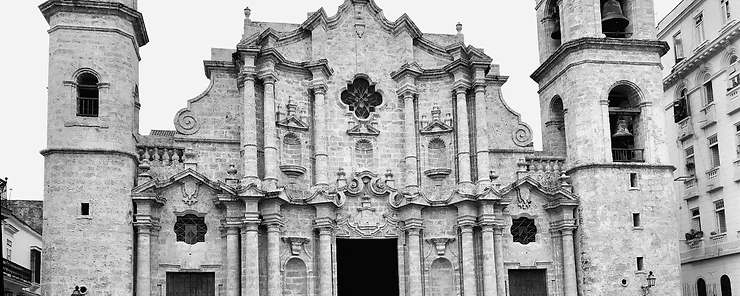
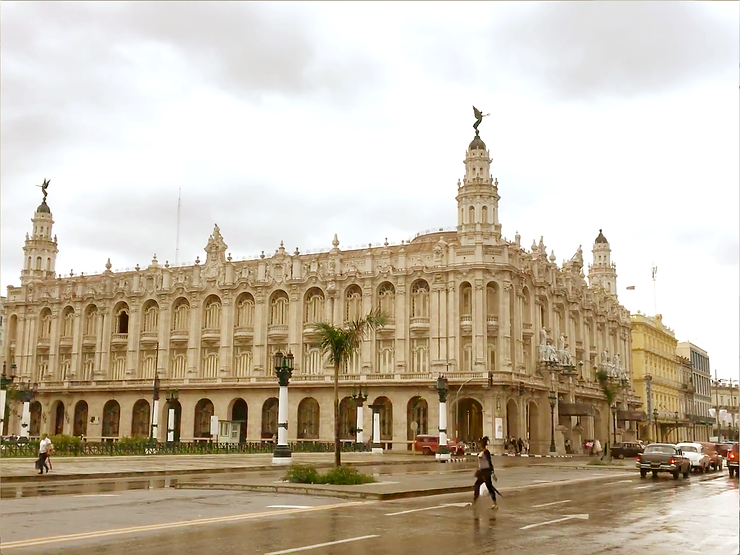
The impact of different cultures is evident in the potpourri that is Havana’s architecture, with strong Moorish influences plus Italian, Greek and Roman styles. Recurrent arcades, numerous interior patios reminiscent of design in Seville, Cadiz and Granada are now home to pulsating cafes and dance saloons.
Neo-classical – The French arrived
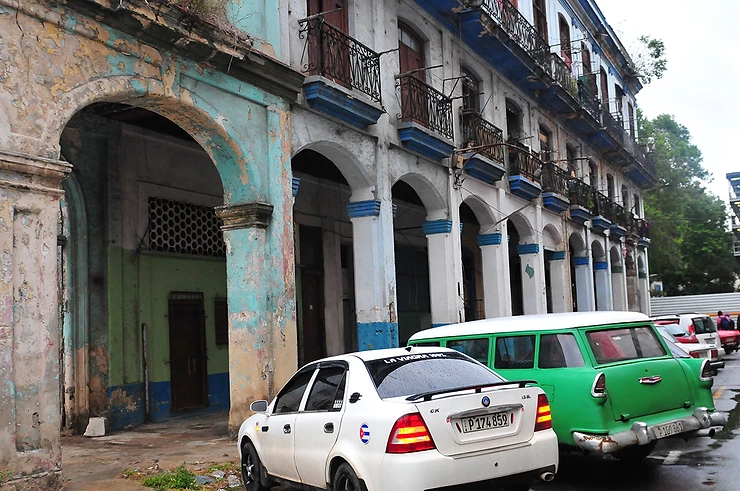
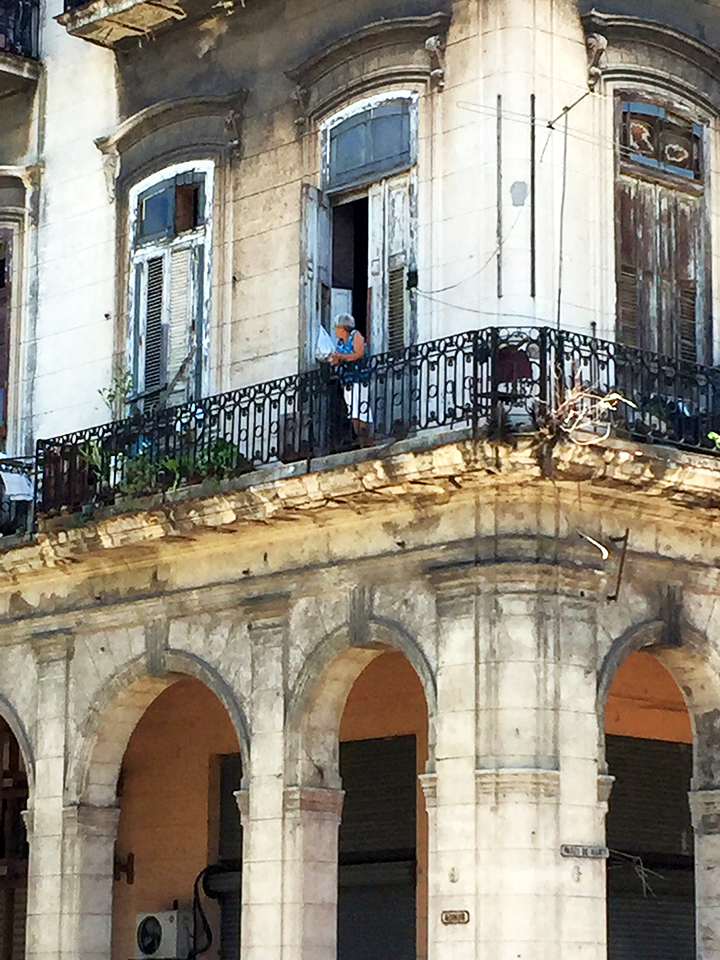
Crumbling historic buildings in Havana
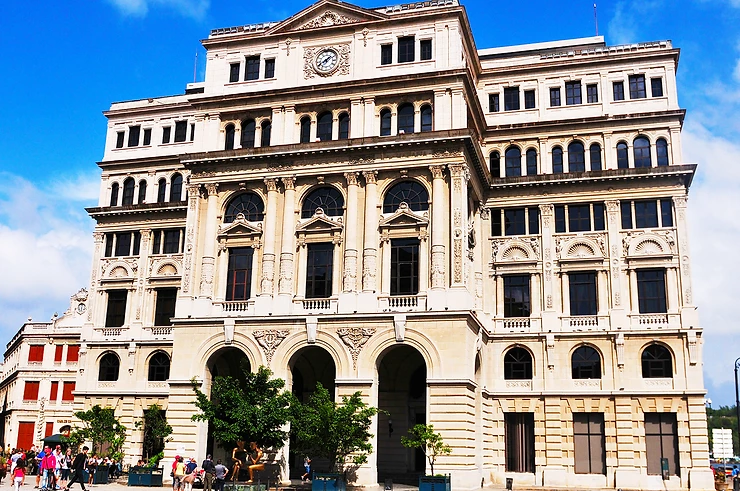
The Aldama Palace (1844) considered the most important neoclassical property in Cuba, boldly showcases the style of this period with columns guarding spacious courtyards and French inspired lavish interiors.
Neo-classical – The French arrived
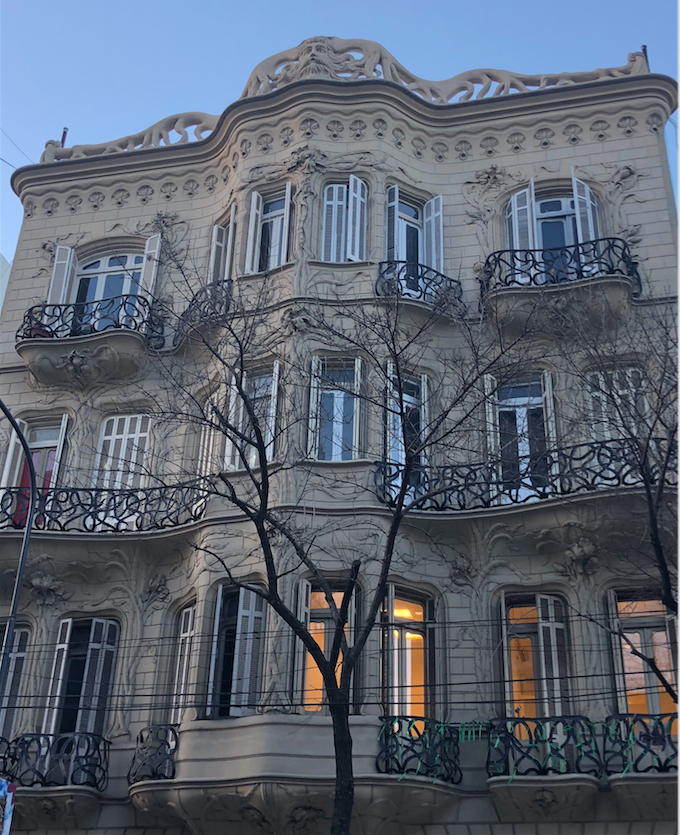
The Yankees crash the party
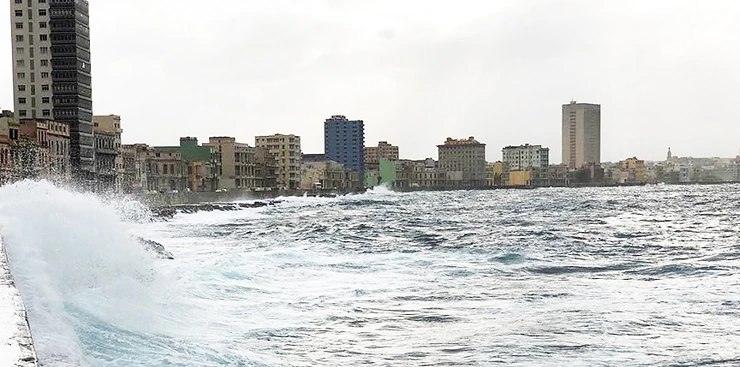
Influence of American Skyscrapers
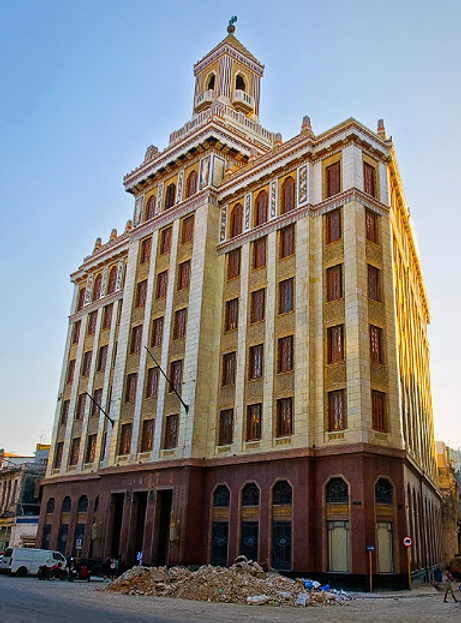
Influence of American Skyscrapers
The reality today
Sadly, the centuries old architecture boom came to a skidding halt with the Revolution. Drab, socialist style buildings mar the landscape. The bright side is that they are easy to ignore.
For aficionados and layman alike, a journey through Havana is a history lesson of all things that shaped Cuba. Today, UNESCO, ensuring that future generations will revel in its glory days, protects La Habana Vieja.








